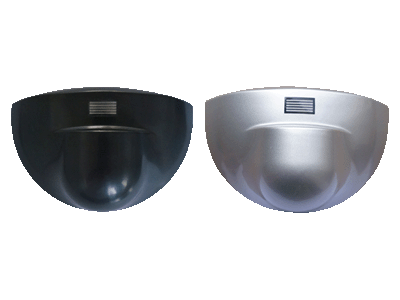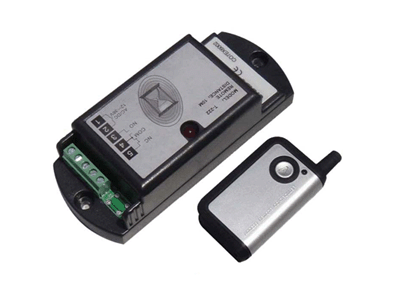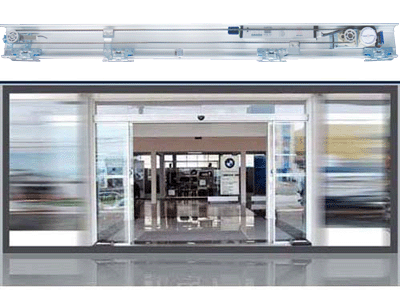At present, China's RFID industry chain has been basically established, mainly concentrated in Shanghai, shenzhen, Beijing and other places, where Shanghai is given priority to with chips (such as fudan microelectronics, Shanghai hua hong, etc.), while the shenzhen to encapsulate, application advantage (such as HuiTian, yuanwang valley), Beijing in such aspects as system integration solutions to get fast development.
China electronic tags (RFID) application deployment finally made substantial progress in 2006, after the RFID national standard working group formally established, RFID development gradually embarked on a track of standardization, standardization, as a national RFID industry policy of "white paper on RFID technology policy in China" (hereinafter referred to as "white paper") more clear about the development of Chinese RFID route. From the upcoming 2006 (Shanghai) the fifth RFID application senior symposium organizers get news, RFID national standards, is about to come on and open before the end of the radio frequency to use frequency, a series of progress indicates RFID is entering China to accelerate the development of the fast lane.
Standard development is intensive
In the absence of China's RFID standards, the white paper has become the overall framework for the development of RFID standards. RFID standard system mainly consists of air interface specifications, physical characteristics, reader protocols, coding systems, test specifications, application specifications, data management, information security and other standards.
Internationally, the five standards bodies that influence RFID standards represent the interests of different groups or countries in the world. EPC Global are encoded by UCC products in North America and Europe EAN product standards organizations established joint, with hundreds of members worldwide, the retail giant wal-mart, multinationals such as giant Johnson & Johnson, procter & gamble's support. AIM, ISO and UID represent European and American countries and Japan. The members of ip-x are mainly from Africa, Oceania, Asia and other countries. ISO standards, adhere to the basic idea of standard, a few commercial interests, more focus on the standard of neutrality, thus for accelerating the development of the RFID industry seems to be more flexible and development prospects.
At present, China's RFID industry has formulated such standards as "technical specification for integrated circuit card module" and "application technology of IC card for construction enterprise", and has been widely used. A number of experiments have been carried out in frequency planning and the latest news is that rf frequencies will be released by the end of the year. In terms of technical standards, the drafting of national standards has been basically completed in accordance with the ISO/IEC15693 series standards, and the formulation of national standards with reference to the ISO/IEC 18000 series standards has been included in the national standards development plan. In addition, the research work on the framework of China's RFID standard system has been basically completed.
At present, China's RFID industry chain has been basically established, mainly concentrated in Shanghai, shenzhen, Beijing and other places, where Shanghai is given priority to with chips (such as fudan microelectronics, Shanghai hua hong, etc.), while the shenzhen to encapsulate, application advantage (such as HuiTian, yuanwang valley), Beijing in such aspects as system integration solutions to get fast development. About a third of the entire TAB of the RFID chip occupies a pivotal position in the industry chain, ST, international manufacturers such as philips, TI, go ahead, but by fudan microelectronics, Shanghai hua hong, tsinghua tongfang, etc as a representative of the Chinese IC design company with technology innovation to overcome the problem, in the low frequency market competitive advantage.
In terms of UHF, the design challenges mainly focus on power consumption limitation, packaging, antenna and antenna adaptation technology on the chip, which is basically the international player market at present. Even so, Chinese semiconductor companies are not far behind, with fudan microelectronics and Shanghai huahong both developing their own intellectual property rights to the frequency band's RFID chips. However, there are still some problems with UHF chips in China, industry experts say, and the actual prototype was as early as early 2007 and will be available on a large scale until 2008.
Cost reduction is the focus
Currently, in the promotion and application of RFID, there are hot issues such as standard, cost, business model and security, etc., and cost has become the most widely concerned topic at home and abroad.
Some people in the industry believe that cost is not the most important factor, while business model is the most important factor. Admittedly, a good business model can reduce costs -- or balance the distribution of benefits between upstream and downstream manufacturers -- but by no means mean that costs no longer matter. Chen wenhai, head of the China national electronic equipment corporation, said the overall cost reduction will help people quickly find a successful business model that meets everyone's requirements and the interests of most manufacturers. For example, there is much debate about the cost baseline of 3 cents and 5 cents. If any manufacturer can offer products that meet the requirements at this price level, it is believed that RFID is not far away from the popularity.
According to a 2006 (Shanghai) the fifth senior seminar, Dr Dong Xuegeng introduction, head of the RFID application on November 23 ~ 26 in Shanghai held during the period of the 68th session of the national electronics from the symposium will focus on the entire system architecture including hardware, software, system integration, how to reduce the comprehensive implementation cost of RFID, the meeting has already attracted manufacturing companies such as huawei, zte and logistics, packaging and other users from all walks of life to actively participate in, and get the vendors such as IBM, BEA, Microsoft, ST support.
The security mechanism is a challenging subject for RFID, and the RFID standard also requires the security. In ISO and EPC GEN2 stipulate the strict data encryption format and user-defined bits, but in different applications have different requirements for cost and safety for high security applications can to a certain extent, reduce the cost. Dong Xuegeng believes that the future of RFID meeting should fully consider China's actual application of information technology and the ability of China's electronic information industry, should be aimed at practical in promoting local RFID application, so as to promote the development of the RFID industry.











